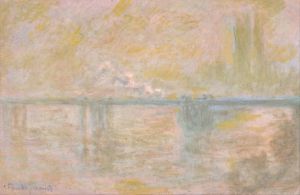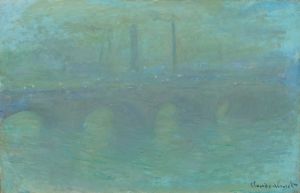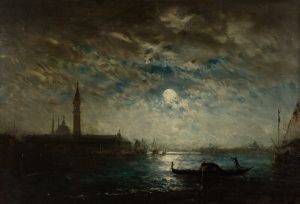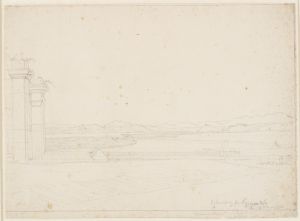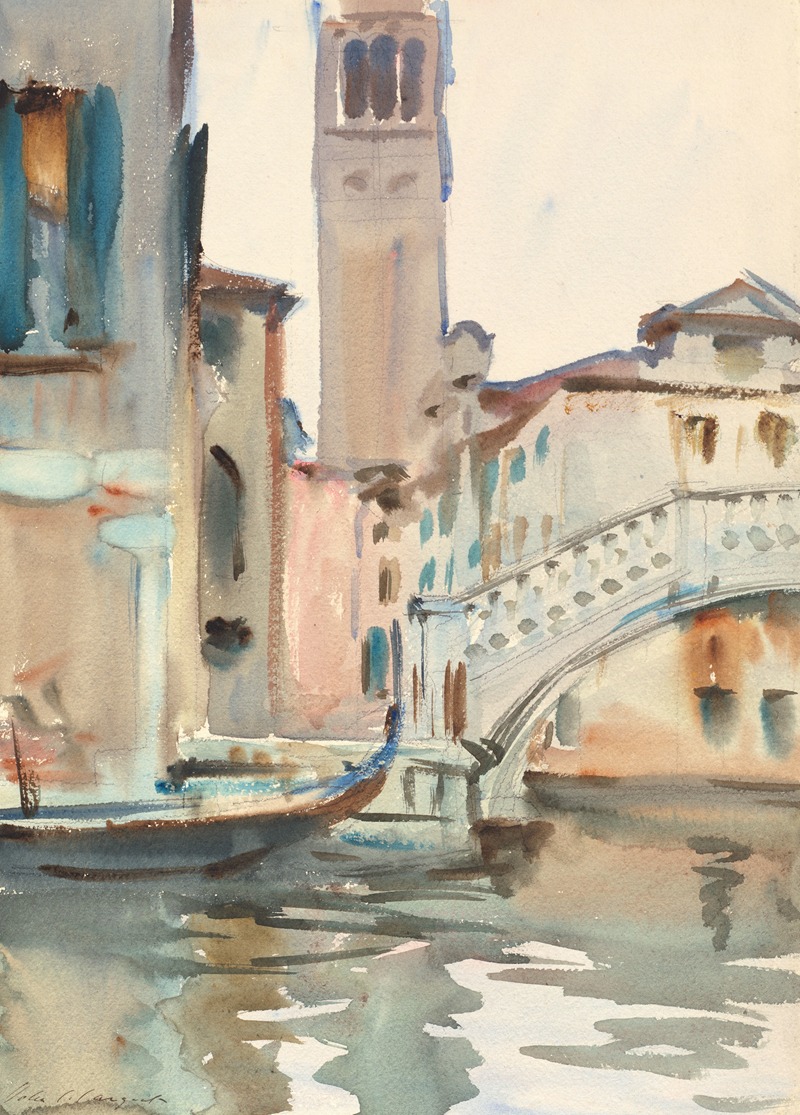
A Bridge and Campanile, Venice
A hand-painted replica of John Singer Sargent’s masterpiece A Bridge and Campanile, Venice, meticulously crafted by professional artists to capture the true essence of the original. Each piece is created with museum-quality canvas and rare mineral pigments, carefully painted by experienced artists with delicate brushstrokes and rich, layered colors to perfectly recreate the texture of the original artwork. Unlike machine-printed reproductions, this hand-painted version brings the painting to life, infused with the artist’s emotions and skill in every stroke. Whether for personal collection or home decoration, it instantly elevates the artistic atmosphere of any space.
"A Bridge and Campanile, Venice" is a painting by the renowned American artist John Singer Sargent. Sargent, known for his exceptional skills in portraiture, also had a profound interest in landscapes and architectural subjects, which is evident in this particular work. The painting captures a quintessential Venetian scene, featuring a bridge and a campanile, or bell tower, which are iconic elements of Venice's architectural landscape.
John Singer Sargent was born on January 12, 1856, in Florence, Italy, to American expatriate parents. He spent much of his early life traveling across Europe, which exposed him to a variety of artistic styles and cultural influences. Sargent's artistic education was extensive; he studied at the École des Beaux-Arts in Paris and trained under the influential portrait artist Carolus-Duran. His exposure to the Impressionist movement in Paris and his travels throughout Europe greatly influenced his artistic development.
Sargent's connection to Venice was profound. He visited the city multiple times throughout his life, drawn by its unique light, architecture, and atmosphere. Venice was a popular destination for artists of the time, offering a wealth of inspiration with its intricate network of canals, historic buildings, and vibrant street life. Sargent's Venetian works often focused on capturing the interplay of light and shadow, the reflections on water, and the grandeur of the city's architecture.
"A Bridge and Campanile, Venice" is a testament to Sargent's ability to capture the essence of a place with his brushwork. The painting likely dates from one of his visits to Venice in the late 19th or early 20th century, a period when he produced numerous works depicting the city. In this painting, Sargent employs his characteristic loose brushwork and keen eye for detail to convey the atmosphere of Venice. The bridge and campanile are rendered with a sense of immediacy and vibrancy, capturing the play of light on the stone surfaces and the reflections in the water below.
Sargent's technique in this painting reflects his mastery of both Impressionist and Realist styles. He uses a palette that captures the warm, golden light of Venice, with subtle variations in tone that suggest the texture of the buildings and the movement of the water. The composition is carefully balanced, with the bridge leading the viewer's eye into the scene and the campanile providing a vertical counterpoint to the horizontal lines of the bridge and canal.
The painting is part of Sargent's broader body of work that explores the theme of travel and the depiction of different cultures and locales. His Venetian paintings, including "A Bridge and Campanile, Venice," are celebrated for their ability to convey the unique atmosphere of the city and its timeless beauty. These works contribute to Sargent's reputation as one of the foremost artists of his time, capable of capturing both the likeness of individuals in his portraits and the spirit of places in his landscapes.
Today, Sargent's works are held in high esteem and can be found in major museums and private collections worldwide. His paintings of Venice, in particular, continue to be admired for their technical brilliance and their ability to transport viewers to the enchanting world of the Venetian canals. "A Bridge and Campanile, Venice" remains a fine example of Sargent's skill in capturing the interplay of light, architecture, and atmosphere, making it a cherished piece in the canon of American art.






